Image Credit: Gorona del Viento El Hierro
Image Credit: Gorona del Viento El Hierro These wind turbines are part of the wind-hydro energy system on El Hierro. The five turbines have a reported capacity of 11.5 mega-watts.
Image Credit: Gorona del Viento El Hierro A combination of wind turbines and hydroelectric generation will power the island of El Hierro by the end of the year. This map shows the location of various parts of the system that will produce enough power for the island's 11,000 residents and tourists.
Image Credit: Gorona del Viento El Hierro
In the Canary Islands off the west coast of Africa, residents of El Hierro are only a few months away from weaning themselves completely from fossil fuels for the generation of electricity. They will rely instead on a $110 million renewable energy system that uses both wind turbines and hydroelectric generation.
According to reports from National Public Radio and Thomasnet, the Spanish island will be able to forego the importation of 40,000 barrels of oil a year to power generators.
The new system, which NPR said was inaugurated this summer, will be able to generate as much as 48 gigawatt-hours of electricity per year, enough to supply all of the island’s needs. It is to become fully functional by the end of the year.
Using both wind and hydro
The system includes five wind turbines and a closed-loop hydro system consisting of two reservoirs. When there’s enough wind, the turbines take care of the electrical demand from the island’s 11,000 or so residents and tourists. Excess electricity is used to pump water from a reservoir at sea level to a volcanic crater 2,300 feet up the hill.
When the wind dies, the water from the upper reservoir is released. It travels through generators to produce electricity on its way down to the lower reservoir. The system switches from one source or electricity to the other so quickly that residents won’t know the difference.
There’s nothing new about either technology, but the system installed on El Hierro is the first that combines the two, engineer Juan Manuel Quintero, who serves on the board of the Gorona del Viento (Wind Gorona) plant, told NRP.
“The wind machines, we basically ordered out of a catalog,” he told NPR. “We didn’t invent the technology. Same with the water turbines. The innovation we made is hooking up the two systems together.”
The earlier Thomasnet article, originally posted in 2011, says the five-turbine wind farm would have a capacity of 11.5 megawatts, with the hydro project contributing anther 11.3 MW. The report said those sources would be augmented by solar thermal collectors and grid-connected photovoltaic systems.
For an interesting dialogue on the merits of the investment, take a look at the bottom of the NPR post.
Weekly Newsletter
Get building science and energy efficiency advice, plus special offers, in your inbox.

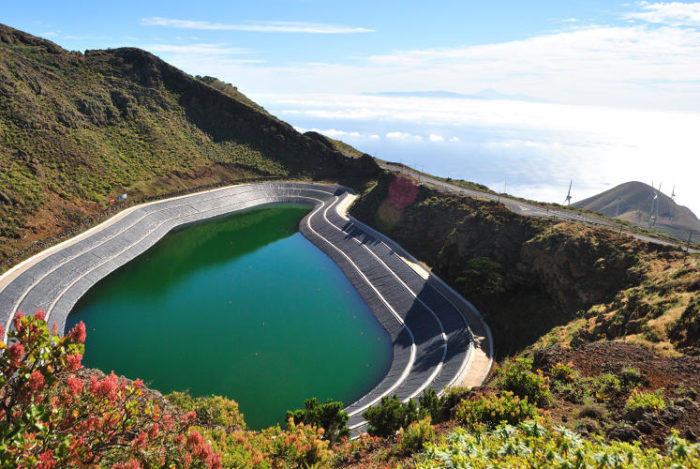




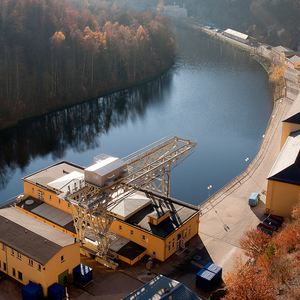
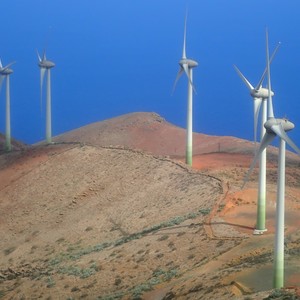
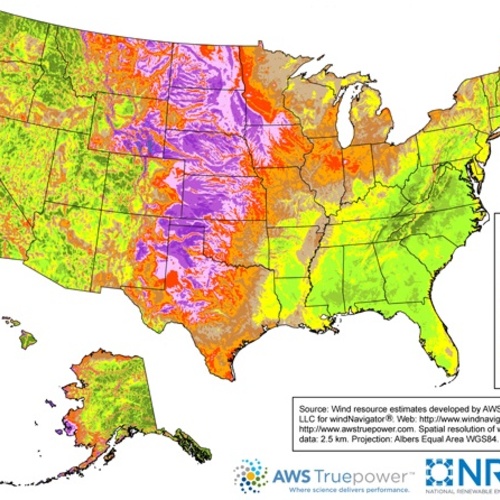
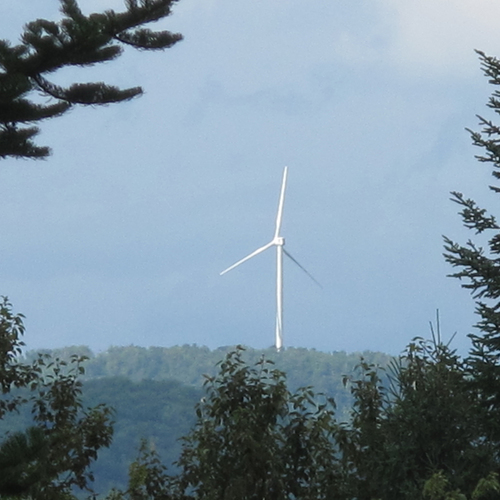






2 Comments
Nice nice
I always wondered what is the efficiency or water gravity storage -> hydro ?
Dana will probably know ..
Dana ?? you here sifu ?? :p
Response to Jin Kazama
Jin,
According to two online sources, the efficiency of this storage method is about 80%.
Sources:
Pumped Hydroelectric Storage
Pumped-storage hydroelectricity
Log in or create an account to post a comment.
Sign up Log in